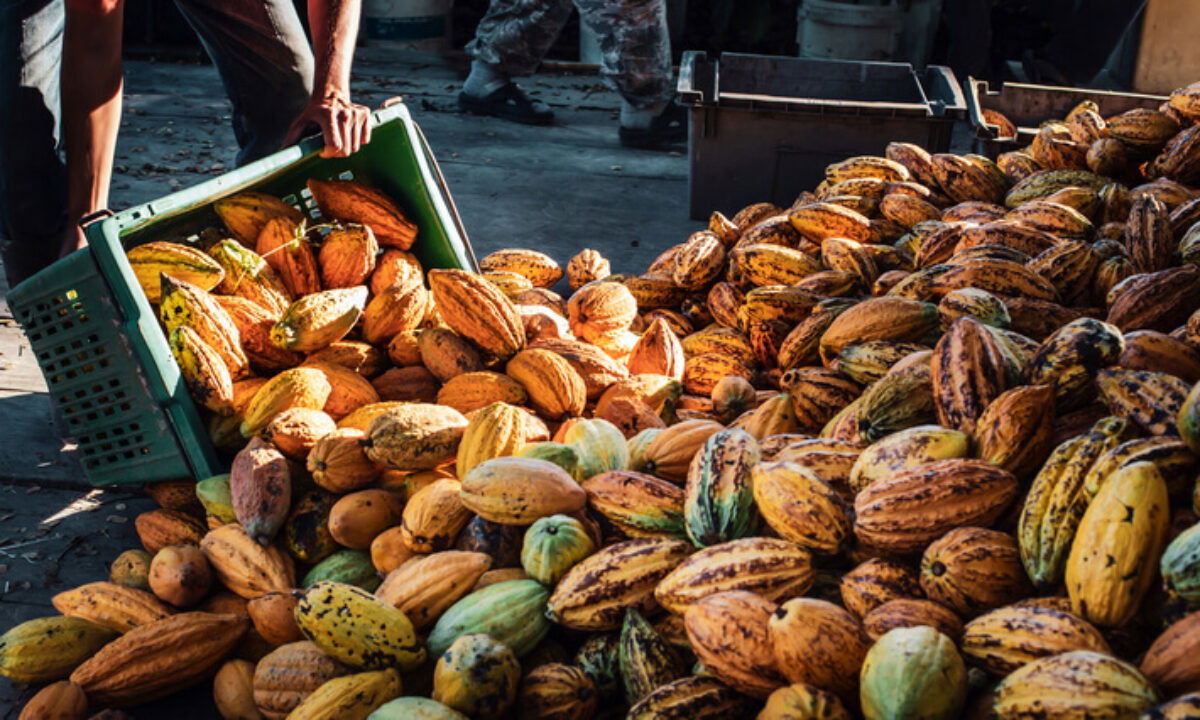
Over the past seven months, cocoa prices have experienced a significant surge, tripling and reaching unprecedented levels. This "price chaos" in the cocoa market is attributed to several key factors:
1. Production Declines Due to Adverse Weather and Disease
West Africa, particularly Ivory Coast and Ghana, accounts for approximately 60% of the world's cocoa production. These regions have faced extreme weather conditions, including heatwaves and intense rainfall, which have adversely affected cocoa harvests. Additionally, disease outbreaks have further compromised crop yields, leading to a global supply shortage. Analysts note that these challenges have resulted in significant global deficits in cocoa production, exacerbating the pricing situation.
2. Impact of the EU Deforestation Regulation
The European Union's Deforestation Regulation (EUDR), which came into force on June 29, 2023, mandates that commodities like cocoa must be deforestation-free to enter the EU market. To qualify, cocoa must be produced on land that has not been subject to deforestation after December 31, 2020. While the regulation aims to promote sustainable practices, it poses challenges for cocoa producers, especially smallholder farmers, in meeting stringent traceability requirements. This has led to concerns about potential supply constraints and further price increases.
3. Underinvestment in Cocoa Farms
Chronic underinvestment in cocoa farms has resulted in aging trees and outdated farming practices, contributing to lower yields. The lack of resources to combat diseases and adapt to changing climatic conditions has further strained production capacities. This underinvestment hampers the ability to meet growing global demand, thereby exerting upward pressure on prices.
4. Market Reactions and Industry Impact
The unprecedented rise in cocoa prices has led to significant market reactions. Chocolate manufacturers are experiencing increased production costs, prompting some buyers to delay orders or seek price renegotiations. For instance, Barry Callebaut, a leading Swiss chocolate maker, reported a 2.7% decrease in chocolate sales, attributing it to record-high cocoa prices. The company also faces liquidity challenges due to margin calls in the futures market.
In summary, the tripling of cocoa prices is the result of a confluence of factors, including adverse weather conditions, disease outbreaks, regulatory changes, and underinvestment in production infrastructure. These elements have collectively disrupted supply chains and heightened market volatility, leading to the current "price chaos" in the cocoa market.